Louis Comfort Tiffany, the son of Tiffany & Co. founder Charles Lewis Tiffany, began his artistic career as a painter and interior designer before trying his hand at glasswork. In 1880 Louis discovered and patented an opalescent glass that he named “Favrile” which was derived from the Old English word fabrile or hand-wrought.
An Example of a Favrile Tiffany Vase
This method, which involves the blending together of different colors during the molten state of manufacturing, produces subtle effects of shading and texture in the piece. The Favrile glass, which Tiffany hoped would transmit texture and rich colors, features a milky, opaque and, at times, iridescent appearance once introduced to a source of light.
Tiffany Favrile Nut Dish with Louis Comfort Tiffany and Favrile Signature
Tiffany experimented with many different glass techniques and he was particularly impressed by the style of Ancient Roman glass, which exhibits iridescence and irregular surfaces, caused by mineral decomposition. He created a collection of known as “Cypriote”, which mimicked the encrusted surfaces present in the ancient glass, by introducing acid fumes during production.
An example of Ancient Roman glass
All items pictured in this post (and more) will soon be on display at Bill Selig Jewelers, starting in our Simsbury store. Please stop by and take a look at these unique pieces of historical art and design.
References:
http://www.metmuseum.org/toah/hd/tiff/hd_tiff.htm
http://www.nytimes.com/1998/07/24/arts/art-review-tiffany-designer-decorator-producer.html?pagewanted=all&src=pm
http://www.collector-antiquities.com/57/



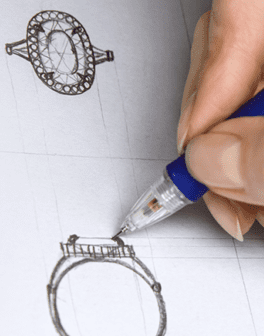
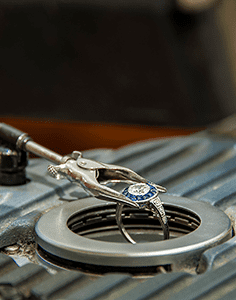
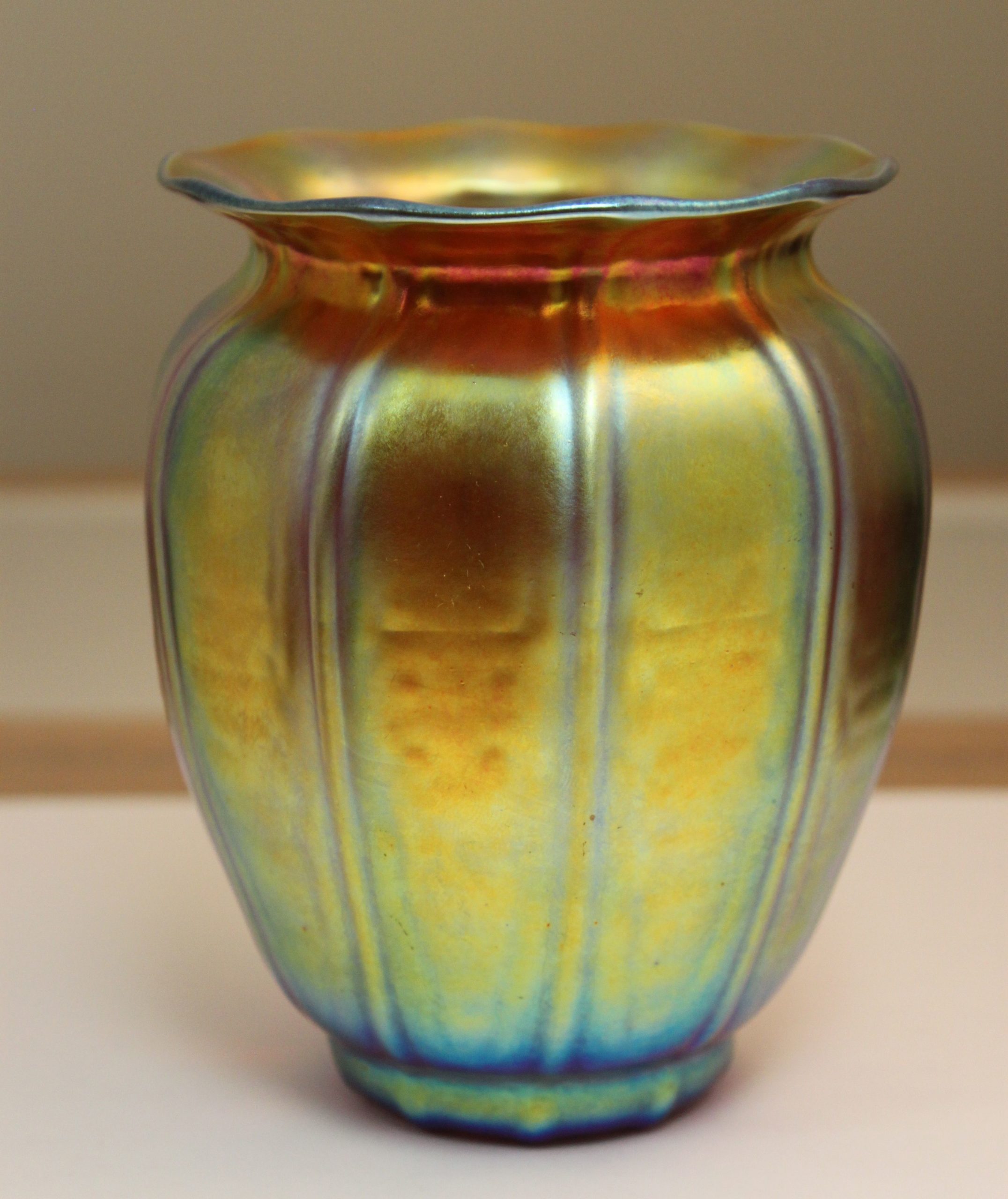
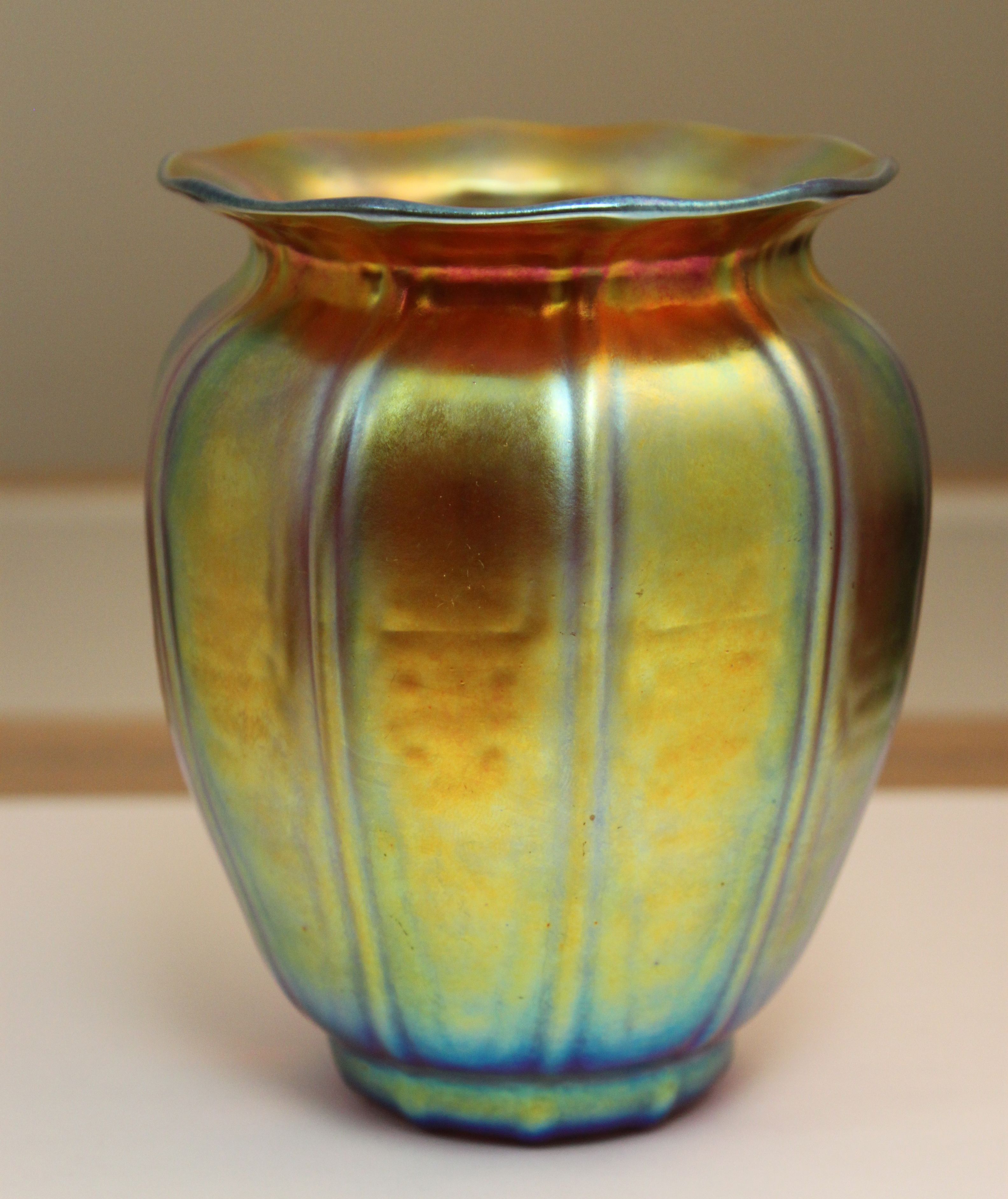
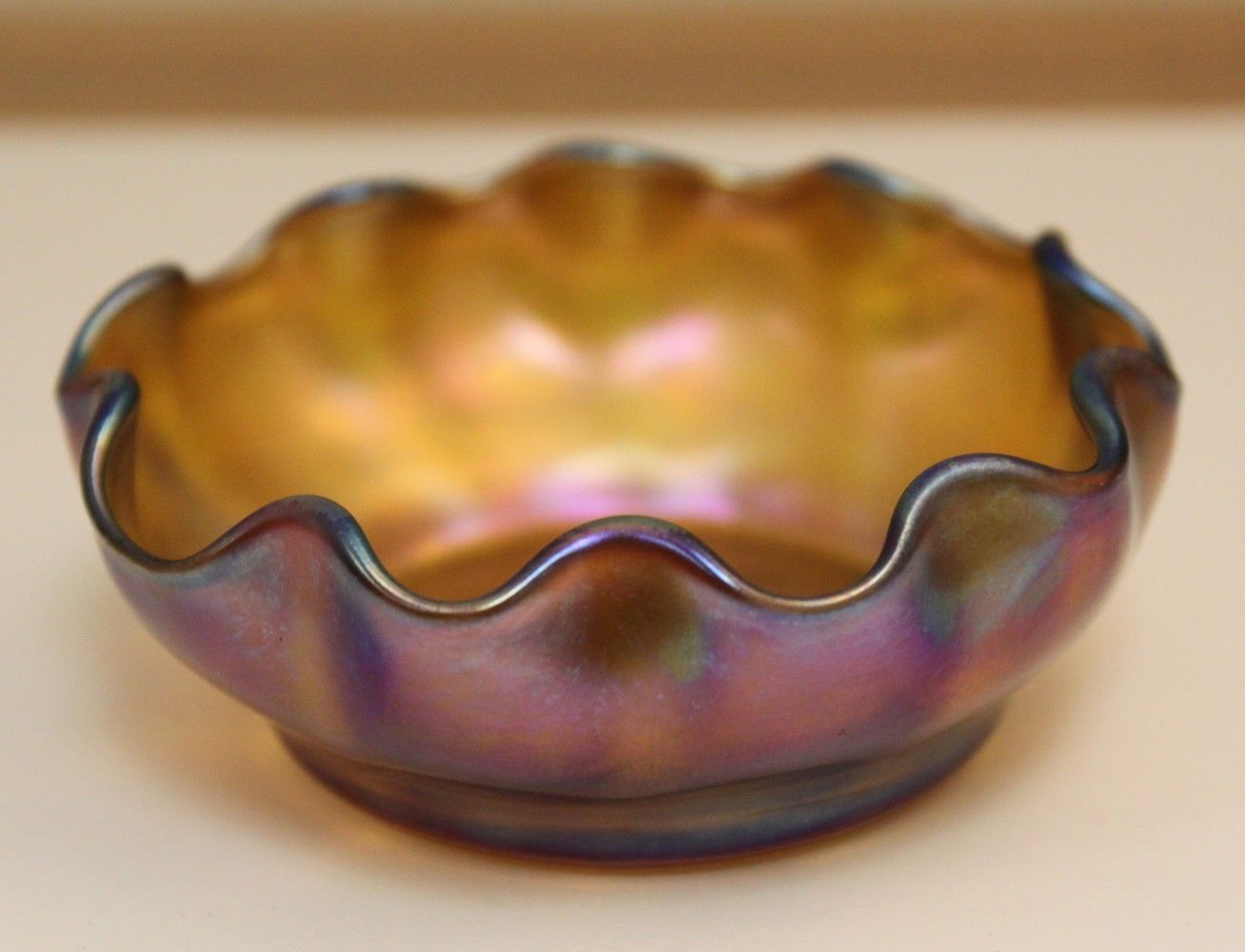
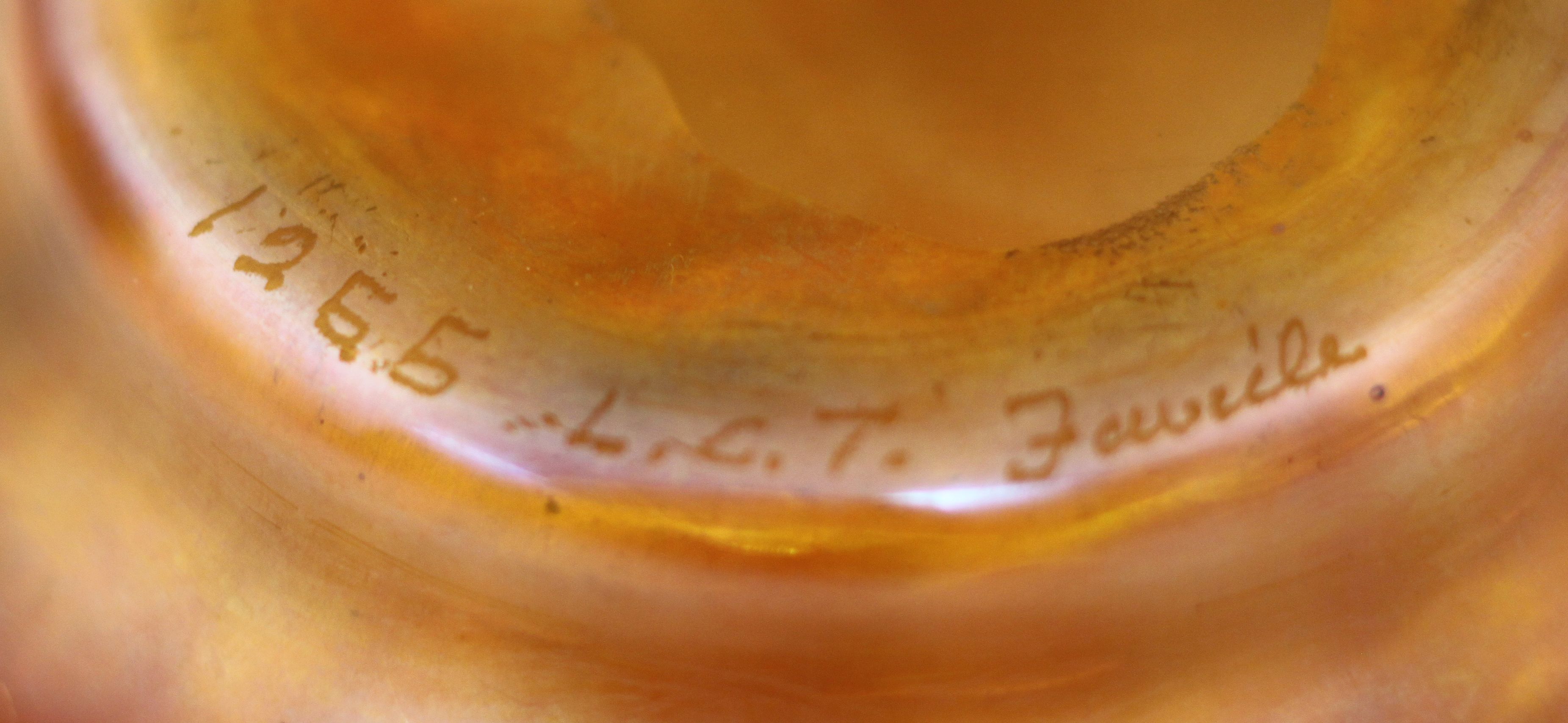
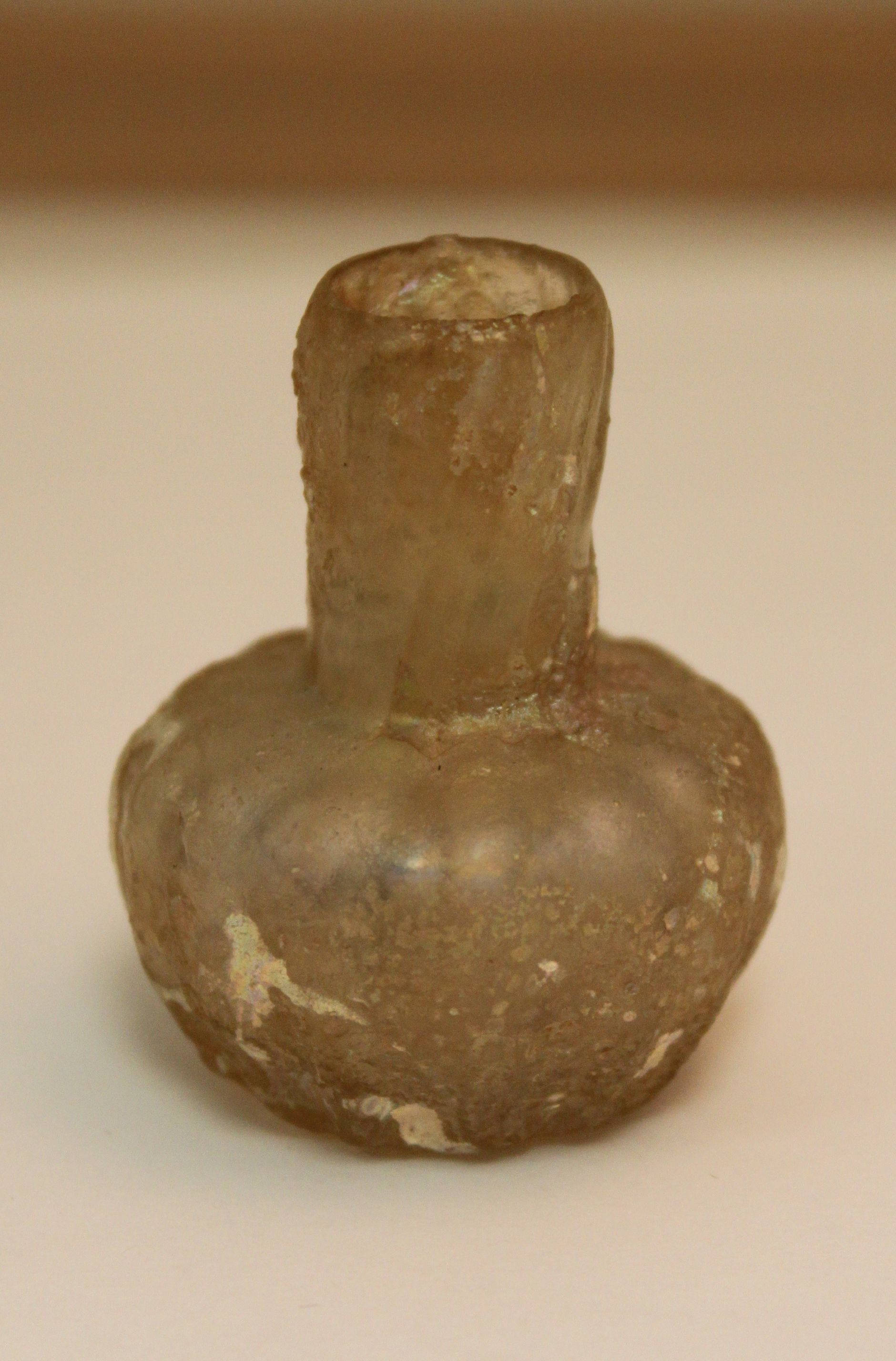




Leave A Comment